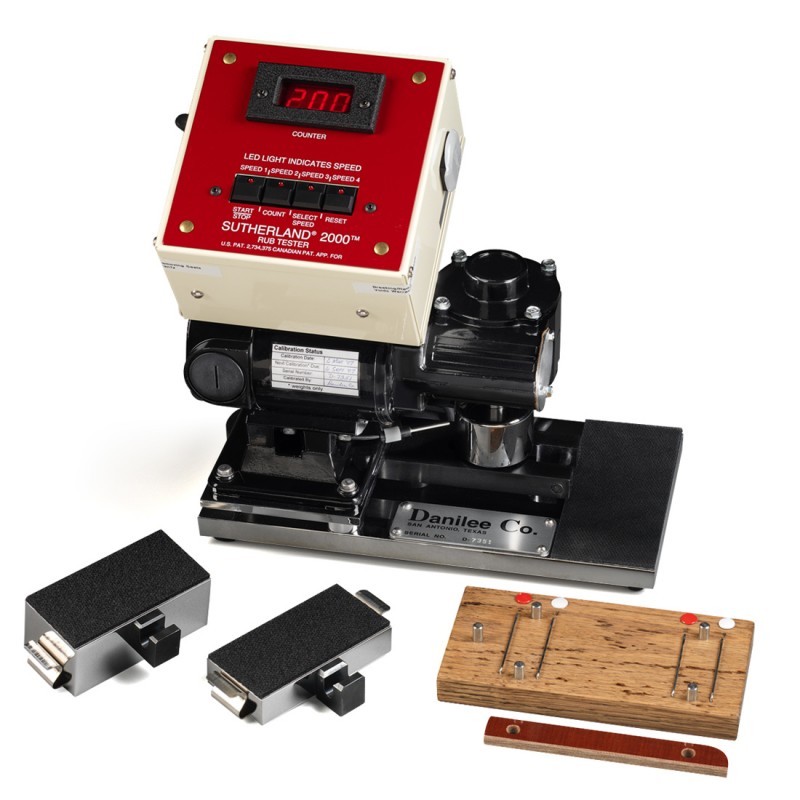 The placement of printed labels directly on pharmaceutical container and package systems has been an accepted practice for many years. Typically, these labels provide critical product information for the patient or end-user. Ensuring the integrity of these label is critical. Integrity is best defined as the ability for the label to remain legible. Damage caused by abrasion, which can compromise legibility to the printed label, can occur during shipment, storage, handling, or by the end user. This abrasion can result in significant degradation in product appearance and legibility of the product information that is printed on them.
The placement of printed labels directly on pharmaceutical container and package systems has been an accepted practice for many years. Typically, these labels provide critical product information for the patient or end-user. Ensuring the integrity of these label is critical. Integrity is best defined as the ability for the label to remain legible. Damage caused by abrasion, which can compromise legibility to the printed label, can occur during shipment, storage, handling, or by the end user. This abrasion can result in significant degradation in product appearance and legibility of the product information that is printed on them.
The ASTM prescribed test method to evaluate the abrasion resistance is D5264 “Standard Practice for Abrasive Resistance of Printed Materials by the Sutherland Rub Tester”. Alternatively known and abbreviated as the “Sutherland Rub Test”, this test uses an instrumented specifically designed simply for this test.
The Sutherland Rub Test can determine the amount of scuff or abrasion damage that may occur to printed materials during shipment, storage, or handling. This test procedure can simulate the effects of human use in continuous contact or dual surface abrasion on any type of printed material.
The Sutherland Rub Test is performed by attaching a label to the device while a similar sample label is attached to a weight. The two samples are then rubbed against one another at a controlled speed for a predetermined number of cycles. Once the rubbing stops, the samples are visually inspected to see if the ink has worn off or not. This helps to determine if printing is durable enough to withstand the expected conditions it will face in the marketplace. The ASTM procedure does not assign a specification (pass/fail) to the test procedure. The testing is typically performed at a number of varying stroke points (number of rubs) and evaluations and comparisons are made based upon the amount of ink that has worn off, smeared or becomes non-legible.
The team at CS Analytical has years of experience performing the Sutherland Rub Test on a wide variety of label types and configurations. While often overlooked, it is critical that when thinking about developing a comprehensive package system qualification program, tests such The Sutherland Test are not ignored or overlooked.

